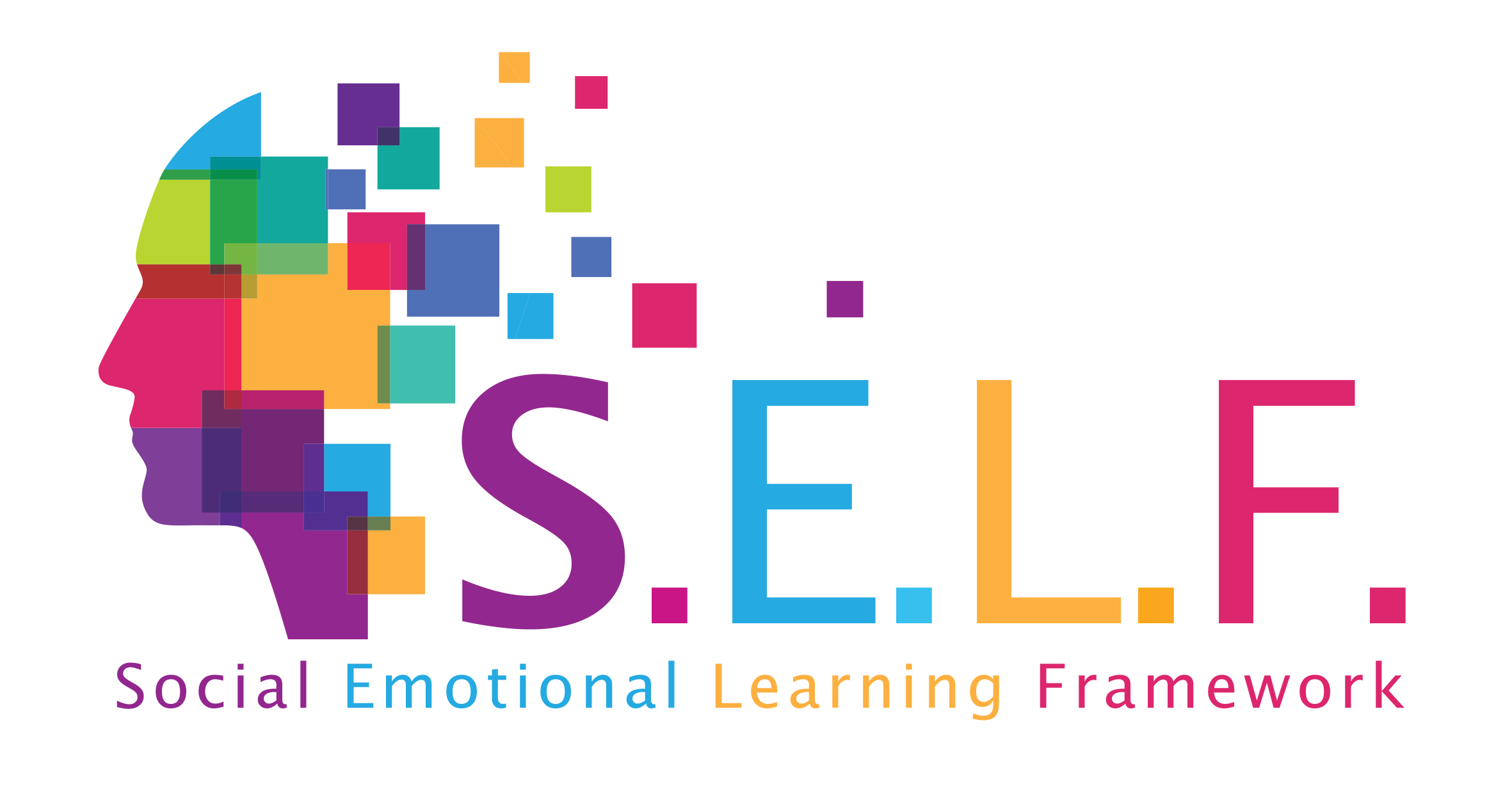Overcoming the Obstacles
Practice:
The following sentences are shared with the students in the classroom.
- A healthy mind in a healthy body.
- It is crucial to keep eye contact in personal communication.
- One of the key elements of one-on-one communication is being a good listener.
- Walking is the easiest sports activity for a healthy and quality life.
- Each child must have learnt how to read and write once they finish the first grade of primary school.
They are later asked to evaluate these statements based on the questions below. Exchange of information takes place and the students are informed about the “ableist body” approach.
- Are these statements that we keep seeing around applicable to everyone?
- What kind of a human approach are these statements based on?
- Whom do these statements exclude?
- How would you name this approach if you could?
The linked video on the accessibility rights of the disabled is shown and a discussion with students follows. They are asked to mention the areas that they think pose obstacles in terms of accessibility rights in the society and share their suggestions as to practices, if applicable.
Link: https://youtu.be/kZ08LuzKs_Q
Students get a brief introduction into the projects related to accessibility rights. If there are additional projects, they are asked to share them.
- “Accessible Audio Books for Blind and Visually Impaired” Project (GETEM)
- Colorful Campus Program (renklikampus.org)
- “Bankör” Project
- “No Obstacles Here” Project
- “Yerler.Org” Project
- “Colorful Paws” Project
- “There Are Rights” Project
- Information is provided on the “Pedals Without Obstacles” Project by the Engelsiz Pedal Association. Students are divided into groups. They are asked to investigate and share accessibility projects.
When to Use
It can be arranged any time around the year as needed, and as part of the International Day of Disabled Persons activities.
Age Level
9th and 12th Grades
Duration
35 mins
Materials
A projector, presentation
Purpose
Raising awareness of the disabled people, their rights, and the obstacles they face in the society; providing information on and encouraging sensitivity towards the contributions that can be made and volunteering activities
Related Areas of Social-Emotional Learning
Self-awareness, social awareness, empathy, accepting and appreciating diversity, adopting different perspectives, critical thinking
